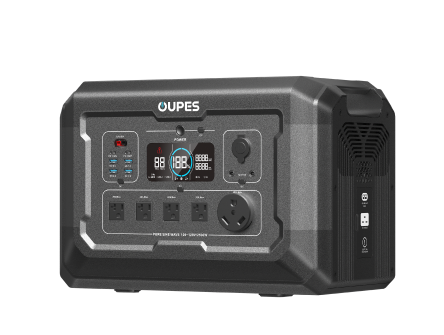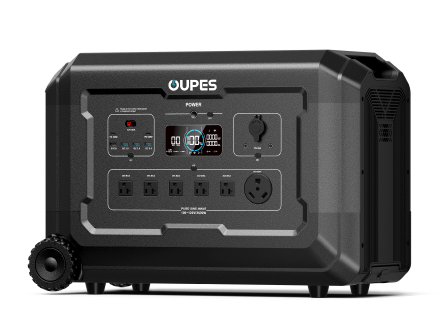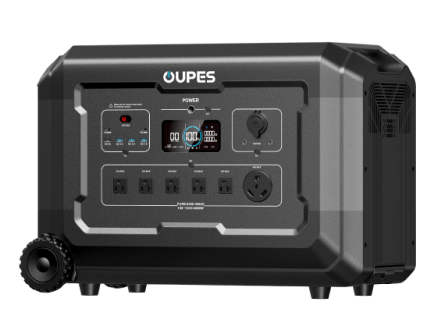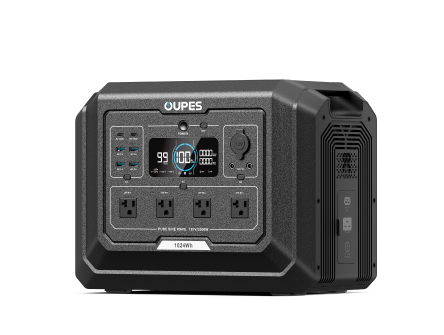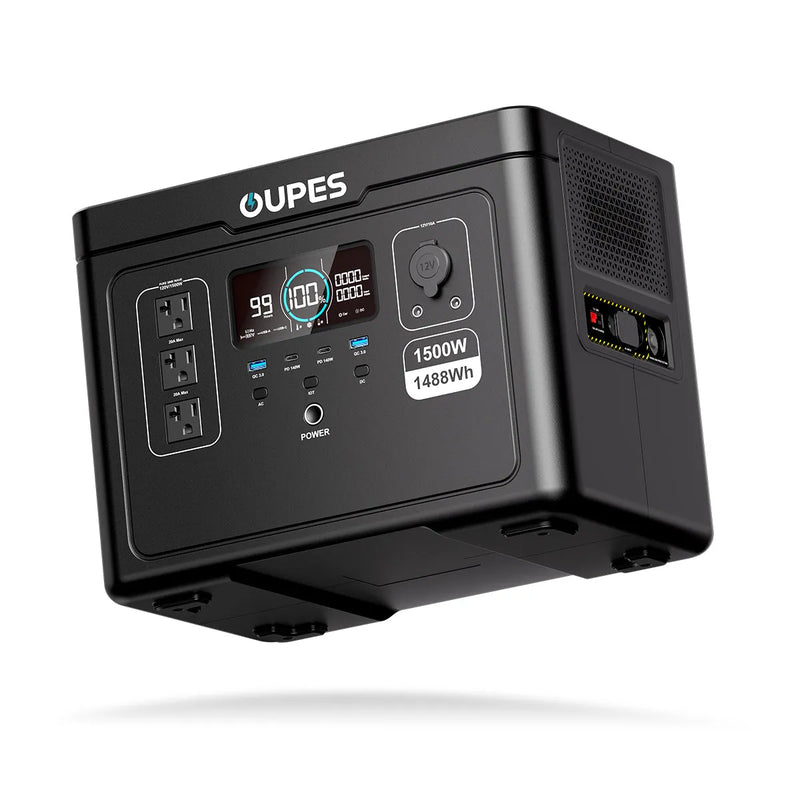
Imagine being miles away from the nearest power outlet, yet still able to charge your phone, run a mini-fridge, or power a projector under the stars. Solar generators make this possible by converting sunlight into usable electricity—no fuel, no fumes, just clean energy. But owning one is only half the battle; knowing how to maximize its potential is what truly unlocks independence from the grid. Whether you’re a first-time user or looking to refine your skills, this guide will walk you through every step of operating a solar generator safely and efficiently.
From unboxing to advanced troubleshooting, using a solar generator involves more than just plugging in panels. It’s about understanding battery management, optimizing solar input, and prioritizing energy use. A misstep could mean a dead battery during a storm or damaged equipment. But with the right knowledge, you can turn your solar generator into a reliable power hub for camping trips, emergencies, or even daily home use. Let’s dive into the essentials of harnessing solar energy like a pro.
Unboxing and Initial Setup
When you first unbox your solar generator, start by inventorying all components. Most kits include the power station, solar panels, cables (MC4, Anderson, or XT60), AC adapter, and user manual. Check for physical damage—dents in the battery casing or cracked solar cells—and contact the seller immediately if issues arise. Charge the generator fully via AC power before its first use, even if it shows partial charge. Lithium batteries perform best when cycled from 100% to 20% regularly, and an initial full charge calibrates the battery management system (BMS).
Next, familiarize yourself with the ports and controls. Most generators feature USB-A/C ports, 12V car outlets, and AC sockets. High-end models like the EcoFlow Delta series include wireless charging pads and RV-style TT-30 outlets. Locate the power button, display screen (if available), and any eco-mode switches that reduce idle power consumption. For solar panel setup, identify the correct input port—often labeled “DC In” or “Solar Input”—and ensure your panels’ voltage matches the generator’s maximum solar input rating. Exceeding this can trigger safety shutoffs or damage components.
Positioning your solar panels correctly is crucial. Aim for direct sunlight, ideally between 10 AM and 3 PM when the sun is highest. Use adjustable stands or mounts to tilt panels toward the sun at an angle equal to your latitude (e.g., 35° in Los Angeles). Avoid shading—even a small shadow on one panel cell can reduce overall output by 50%. If using multiple panels, connect them in parallel (voltage stays the same, current adds) if your generator’s input voltage limit is low, or in series (voltage adds, current stays same) for systems with high voltage tolerance. Always refer to the manual for specific wiring diagrams.
Charging and Power Management Strategies
Solar charging requires balancing speed and battery health. On a sunny day, a 200W panel can recharge a 1000Wh generator in 5-6 hours, assuming optimal conditions. However, partial shading or cloudy skies may double this time. To accelerate charging, combine solar with AC or car charging—many generators like the Jackery 2000 Plus support dual inputs. Avoid draining the battery below 20% regularly, as deep discharges strain lithium cells and shorten lifespan. Most generators have built-in protections, but setting a custom discharge limit (via app or control panel) adds an extra safety layer.
Prioritize energy-efficient devices to extend runtime. LED lights (10W) consume far less than incandescent bulbs (60W). Use inverters judiciously—powering DC devices directly via USB or 12V ports bypasses the inverter, saving 5-10% efficiency loss. For AC appliances, match wattages carefully: a 500W generator can run a 400W blender but might fail with a 600W microwave. Enable eco-mode when possible; this feature, found in Bluetti and EcoFlow models, automatically powers down the generator when connected devices are idle, preserving battery life.
Storing your generator properly extends its longevity. If unused for months, charge it to 50-60% and store in a cool, dry place (59-77°F ideal). Lithium batteries degrade fastest at full charge or high temperatures. For seasonal users, recharge to 50% every 3 months. Never leave the generator in a hot car or freezing garage—extreme temps can permanently damage cells. If storing solar panels, clean them with a microfiber cloth and store in UV-resistant bags to prevent material degradation.
Connecting Appliances and Monitoring Performance
When connecting devices, start with low-wattage items like phones or lamps to test the system. Gradually add higher-demand appliances, ensuring total draw doesn’t exceed the generator’s continuous wattage rating. For motors or compressors (fridges, power tools), account for surge watts—a generator’s surge capacity is usually 2x its continuous rating. If a device fails to start, try a “soft start” by plugging it in alone, then adding others once running. Use a Kill-A-Watt meter to measure actual consumption; manufacturer labels often list maximum rather than average watts.
Monitoring tools are key to efficient use. Built-in LCD screens display input/output watts, battery percentage, and estimated runtime. Bluetooth/Wi-Fi-enabled models like the Bluetti AC200P sync with smartphone apps, providing real-time data and firmware updates. Third-party solar charge controllers with MT50 monitors offer granular insights for advanced users, tracking metrics like PV voltage and historical energy graphs. Logging daily usage helps identify patterns—you might discover your CPAP machine uses 30% less power on “ramp” mode, freeing capacity for other devices.
Daisy-chaining generators can boost capacity. Units like the EcoFlow Delta Pro allow linking multiple batteries via extra ports, creating a 25kWh system. This works well for home backup but requires identical models and compatible cables. For mixed systems, use a transfer switch to connect a solar generator to your home’s circuit panel, powering selected outlets without backfeeding the grid. Always consult an electrician for permanent installations to meet local codes.
Maintenance and Troubleshooting Common Issues
Routine maintenance keeps your generator reliable. Clean solar panels weekly with water and a soft brush—dust can reduce efficiency by 15%. Inspect cables for fraying, especially near connectors. Tighten loose MC4 plugs, which can cause arcing and power loss. Check battery vents for blockages; restricted airflow leads to overheating. For sealed units like the Jackery Explorer, a yearly internal inspection by authorized technicians is advisable to assess cell balance and BMS health.
Common issues often have simple fixes. If the generator won’t charge, verify the solar panels’ polarity—reversing positive/negative cables triggers safety cutoffs. Reset the unit by turning it off, disconnecting all inputs/outputs, and waiting 10 minutes. Overheating? Move it to shade and ensure vents are unobstructed. Slow solar charging might indicate undersized panels or incorrect wiring—a 100W panel can’t efficiently charge a 2000Wh generator alone. For error codes (e.g., E02 on Goal Zero), cross-reference the manual or manufacturer’s online resources.
Upgrade firmware regularly. Companies like Renogy release updates improving charge algorithms or adding features. For older models, consider adding external MPPT controllers to boost solar efficiency by 20-30% compared to built-in PWM models. If the battery swells or emits odors, discontinue use immediately—these signs indicate critical failure. Most warranties cover defects for 2-5 years, but misuse (e.g., exposure to saltwater) often voids coverage.
Advanced Applications and Creative Uses
Beyond emergencies, solar generators excel in niche scenarios. Power a backyard movie night by connecting a projector (150W) and speakers (50W) to a Jackery 500. Run a portable AC unit (500W) during summer blackouts using a Bluetti AC200MAX. Creative users even pair them with electric fences for livestock or recharge drones during fieldwork. For RV owners, solar generators integrate with onboard systems via 30A RV outlets, reducing generator noise at campsites.
Off-grid setups benefit from hybrid systems. Pair a solar generator with wind turbines using a charge controller that accepts multiple inputs. In sunny climates, excess solar energy can charge electric bikes or tools. During grid-tied operation, some inverters like those from Victron Energy allow “peak shaving”—using stored solar energy during high electricity rates. For tech enthusiasts, Raspberry Pi projects can automate energy monitoring, sending alerts when battery levels drop below a threshold.
Educational uses abound. Teachers demonstrate renewable energy principles by powering classroom gadgets, while survivalists train with solar generators in simulated outages. Artists deploy them to illuminate installations at remote festivals. The key is matching the generator’s capacity to your creativity—a 100W unit might light a small art piece, while a 2000W system could energize an entire pop-up café.
Final Tips for Mastering Your Solar Generator
Solar generators democratize energy access, but mastery requires patience and practice. Start small—learn to power essentials before scaling up. Document your setups: note panel angles that yield the fastest charging or appliance combinations that optimize runtime. Join online communities like Reddit’s r/SolarDIY to exchange hacks, like using reflective tarps to boost panel output or modifying golf carts into mobile solar stations.
As battery tech advances, today’s generators offer unprecedented flexibility. From rooftop solar integration to powering DIY projects, they’re more than backup devices—they’re gateways to energy independence. By following manufacturer guidelines, staying proactive with maintenance, and experimenting within safe limits, you’ll transform sunlight into a dependable power source for any adventure or emergency.

